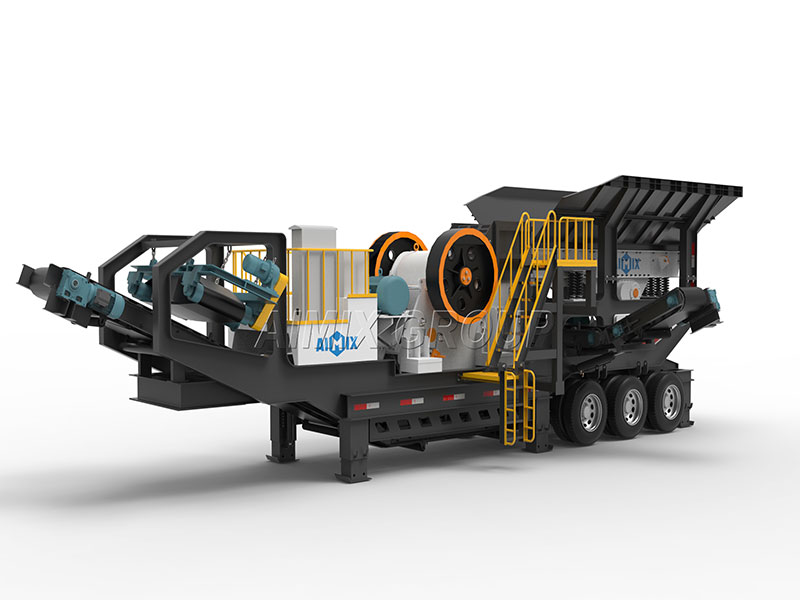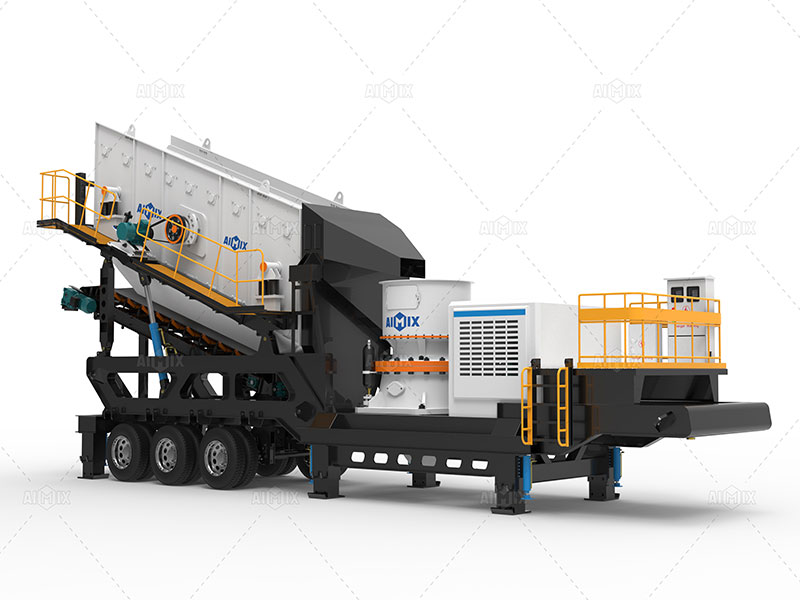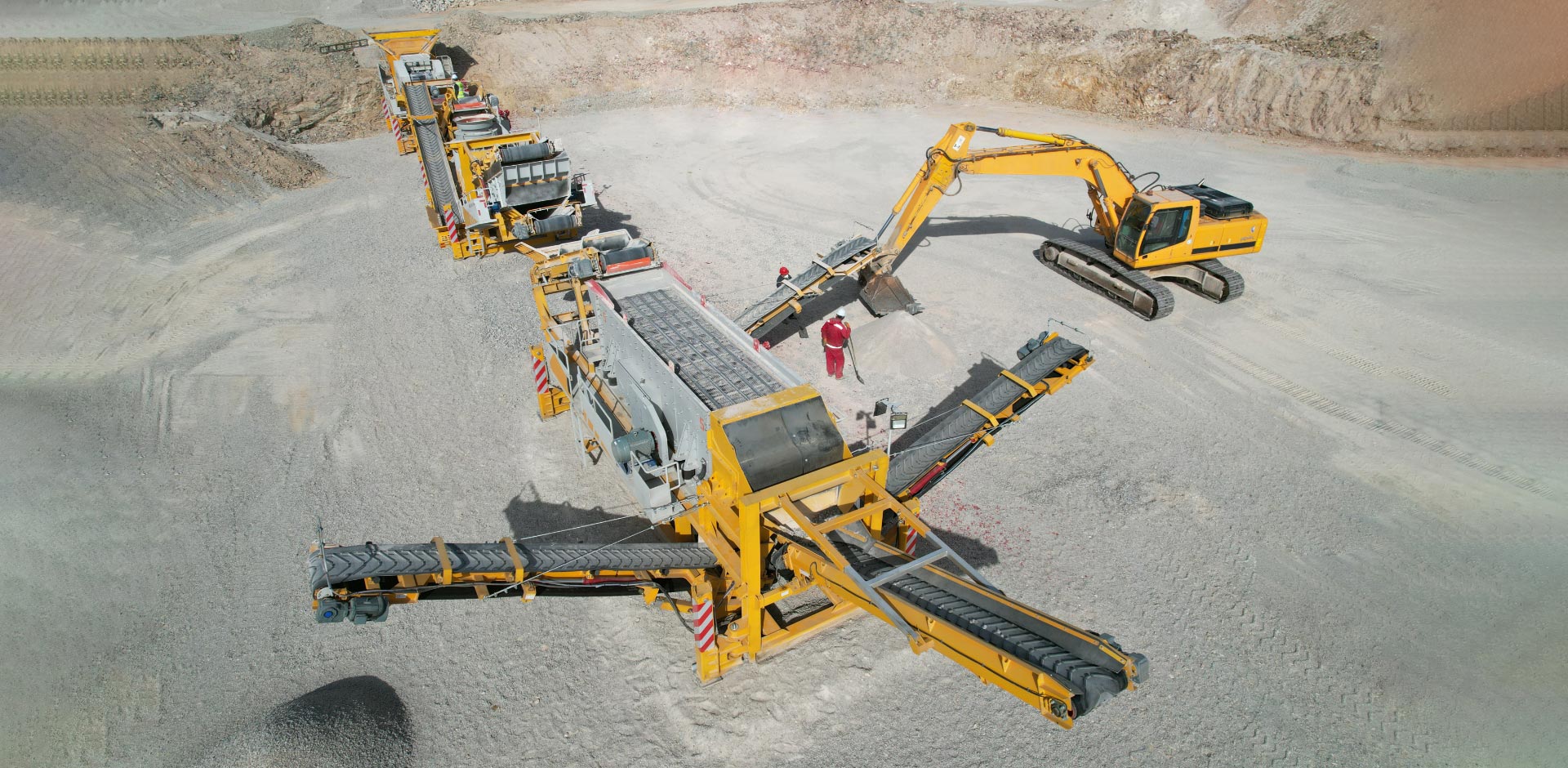In the realm of material processing, crushing plants serve as indispensable tools for breaking down raw materials into smaller, more manageable sizes. These plants come in a variety of configurations, each tailored to specific operational requirements and material characteristics. Understanding the different configurations of crushing plants is crucial for optimizing productivity, efficiency, and overall performance.
1. Primary, Secondary, and Tertiary Crushing:
Crushing plants are often classified based on the stages of crushing they are designed to perform. The primary crushing stage involves breaking down the raw material into coarse fragments, typically achieved by jaw stone crusher machine or gyratory crushers. Secondary crushing further reduces the size of the material to a finer granularity, using cone crushers or impact crushers. Tertiary crushing, if required, refines the material to its final size and shape, utilizing cone crushers or vertical shaft impactors (VSI).

Understanding the sequential nature of these crushing stages is essential for designing efficient and effective crushing plant configurations.
2. Stationary vs. Mobile Crushing Plants:
Crushing plants can be categorized based on their mobility. Stationary crushing plants are fixed installations that remain in one location throughout their operational lifespan. They are ideal for processing materials extracted from a single quarry or mining site. In contrast, mobile crushing plants are mounted on tracks or wheels, allowing them to be easily transported between different sites. Portable crushing plants for sale offer greater flexibility and accessibility to remote locations, making them suitable for construction projects and temporary operations.
Choosing between stationary and mobile crushing plants depends on factors such as site accessibility, material transportation costs, and project duration.
3. Closed Circuit vs. Open Circuit Crushing:
Crushing plants can operate in closed circuit or open circuit configurations, depending on the desired end product size and quality. In a closed circuit configuration, the crusher and screening units are interconnected, and the oversize material from the screen is returned to the crusher for further crushing. This setup ensures efficient utilization of the crusher’s capacity and produces a well-graded final product.

In an open circuit configuration, the crusher operates independently of the screening unit, and the oversize material is not recirculated. Open circuit crushing is suitable for producing coarser products or when precise control over the final product size is not required.
Understanding the differences between closed circuit and open circuit crushing helps optimize the crushing process for specific material requirements.
4. Modular and Customizable Designs:
Modern crushing plants often feature modular and customizable designs that allow for easy integration of various components and adaptability to specific requirements. Modular crushing plants consist of prefabricated modules that can be assembled and configured according to the application needs. This modular approach offers flexibility in scaling up or modifying the quarry stone crusher layout as production demands change. Additionally, customizable designs enable operators to select specific features, such as different crusher types, screening units, or conveyors, to suit their processing goals and material characteristics.
Embracing modular and customizable designs empowers operators to tailor crushing plants to their unique operational requirements and optimize performance.
5. Integration of Auxiliary Equipment:
Crushing plants can be augmented with auxiliary equipment to enhance efficiency and versatility. Common auxiliary equipment includes:
Vibrating feeders: Ensure uniform feeding of material to the crusher, minimizing the risk of congestion and optimizing crusher performance.
Screens: Separate the material into different size fractions, enabling precise control over the final product specifications.
Conveyors: Transport crushed material between different processing stages or to storage facilities, streamlining material flow and reducing manual handling.
Magnetic separators: Remove ferrous contaminants from the material stream, ensuring product purity and protecting downstream equipment.
Integrating auxiliary equipment into crushing plant configurations enhances process efficiency and product quality while minimizing operational risks.
In conclusion, understanding the diverse configurations of 50 tph stone crusher plant is essential for optimizing material processing operations. By considering factors such as crushing stages, mobility, circuit configuration, modular designs, and auxiliary equipment integration, operators can design and deploy crushing plants that meet their specific requirements and deliver superior performance.
